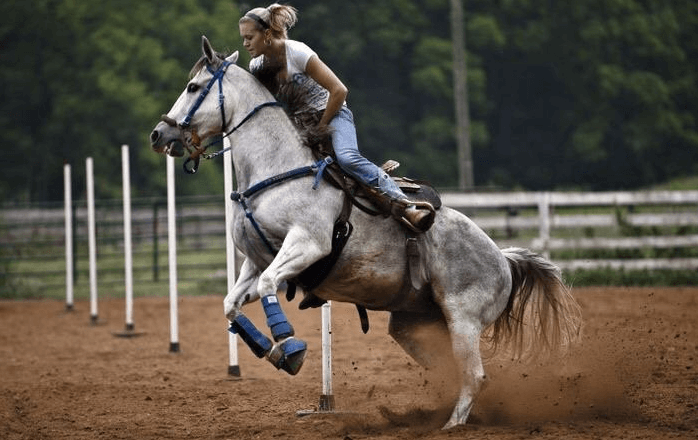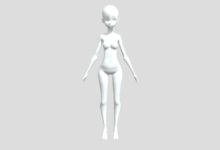How can I teach my horse pole bending?

Pole bending is a popular competitive event that tests the agility and speed of both horse and rider. It requires the horse to weave quickly and smoothly around a series of poles arranged in a line. This guide aims to provide horse trainers and enthusiasts with effective methods to introduce and perfect this exciting sport with their horses.
Understanding the Basics of Pole Bending
Pole bending involves a horse and rider running a serpentine path around six poles arranged in a straight line, each pole spaced 21 feet apart. The key is to complete the course without knocking any poles over, and in the quickest possible time.
Preparing Your Horse for Pole Bending
Evaluating Horse Fitness
Prior to beginning any training, assess whether your horse is physically capable of the demands of pole bending. This involves checking their overall health, flexibility, and fitness level.
Choosing the Right Equipment
For pole bending, you’ll need proper tack that will hold up under the rigors of training and competition. A secure saddle and bridle, along with protective leg boots, are essential to prevent injuries and ensure your horse’s comfort.
Fundamental Training Techniques
Groundwork for Agility
Groundwork is crucial for building trust and understanding between horse and rider. Exercises such as lunging can improve your horse’s balance and responsiveness, which are critical for navigating poles.
Familiarizing Your Horse with the Poles
Introduce the poles at a slow pace, allowing your horse to walk and then trot around them. This helps the horse become accustomed to their presence and layout, which is important before attempting the course at a canter or gallop.
Advanced Training for Pole Bending
Enhancing Speed and Accuracy
Once your horse is comfortable with the course layout, focus on increasing speed gradually while maintaining accuracy. This requires consistent practice and incremental adjustments in pace.
Perfecting the Weaving Technique
Teach your horse to approach each pole smoothly and exit sharply to minimize the time spent turning. This skill is crucial for improving overall course times.
Troubleshooting Training Challenges
Addressing Pole Knocking
If your horse consistently knocks poles, consider adjusting their approach speed or angle. Sometimes, refining your riding technique can also help, such as improving how you cue your horse during turns.
Boosting Horse Focus
Maintain short, varied training sessions to keep your horse engaged and focused. Consistent positive reinforcement helps reinforce desired behaviors and keeps the training process enjoyable for your horse.
Competition Readiness
Simulating Competitive Scenarios
Train under conditions similar to competition environments to acclimate your horse to different sights and sounds they might encounter during an event.
Mental and Physical Preparation
Before competing, ensure your horse is well-rested and properly warmed up. This preparation helps prevent injuries and primes your horse for optimal performance.
Conclusion
Teaching your horse pole bending can be a rewarding endeavor that strengthens your bond and enhances your horse’s agility and obedience. With patience, practice, and a thoughtful approach to training, you and your horse can excel in this exhilarating sport.







